My segment follows Cameron and Jen, two ornithologists or “birders” who spend
five days on Avian Island studying the Adelie penguin colony that inhabits the island.
The segment will explain who these scientists are, what they do, and why they
do it. In short, these two scientists have the responsibility of collecting data on the life
cycle of the Adelie penguins in order to determine the population’s overall health. This
means they’re getting down and dirty, taking a census of the entire colony, weighing
chicks, collecting food and excrement samples, among other things. This information is
important to environmental research because, as this segment will explain, the health of
the Adelie penguin population directly corresponds to the changing climate.
Jen and Cameron’s stay on Avian Island was full of many exciting moments that I
hope to include in my segment. The island was home to many challenges including seals
that threatened to roll over their tents, an onslaught of attacks from pestering skua birds,
terrain that is unfriendly to humans, and the isolation from civilization and help. This
isn’t your typical laboratory science work.
Cameron and Jen are refreshingly personable characters tasked with a both
exciting and important job. I have ample material to produce a segment that is both
entertaining and informative.
Working on Beyond The Ice has provided me with an opportunity to challenge
myself as a storyteller by working with subject matter which was previously foreign to
me. While working on this project I’ve learned a lot about marine science and biology
and I’m now faced with the task of relaying this material to a wide audience. I’m
fortunate to be able to be able to construct a story completely on my own and make
my own creative choices as a student in the Digital Filmmaking Program at Rutgers
University.





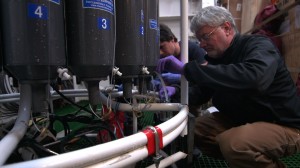

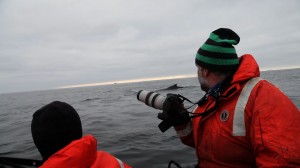
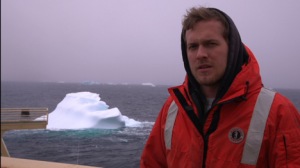

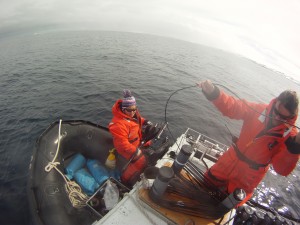
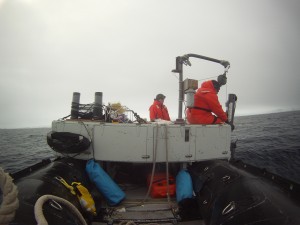
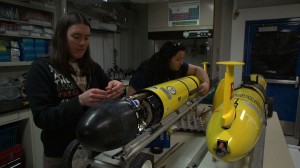
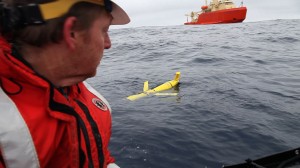
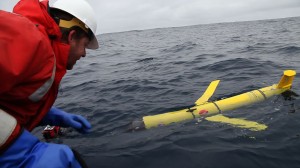
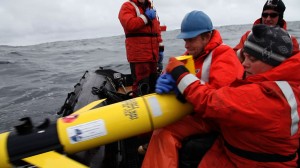
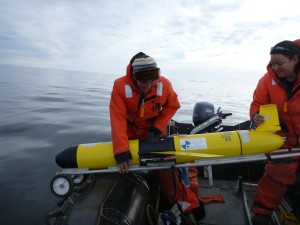
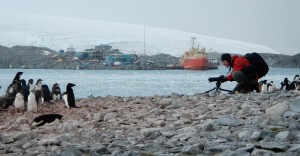
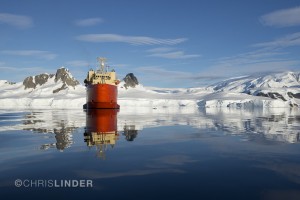
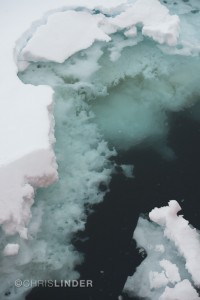
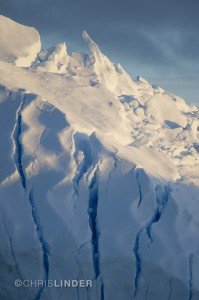
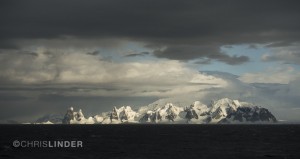
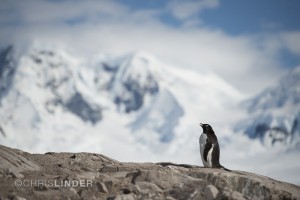
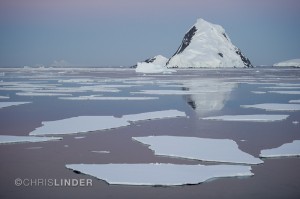

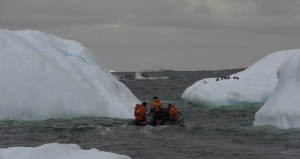




 Follow the
Follow the  Subscribe to the blog RSS feed
Subscribe to the blog RSS feed